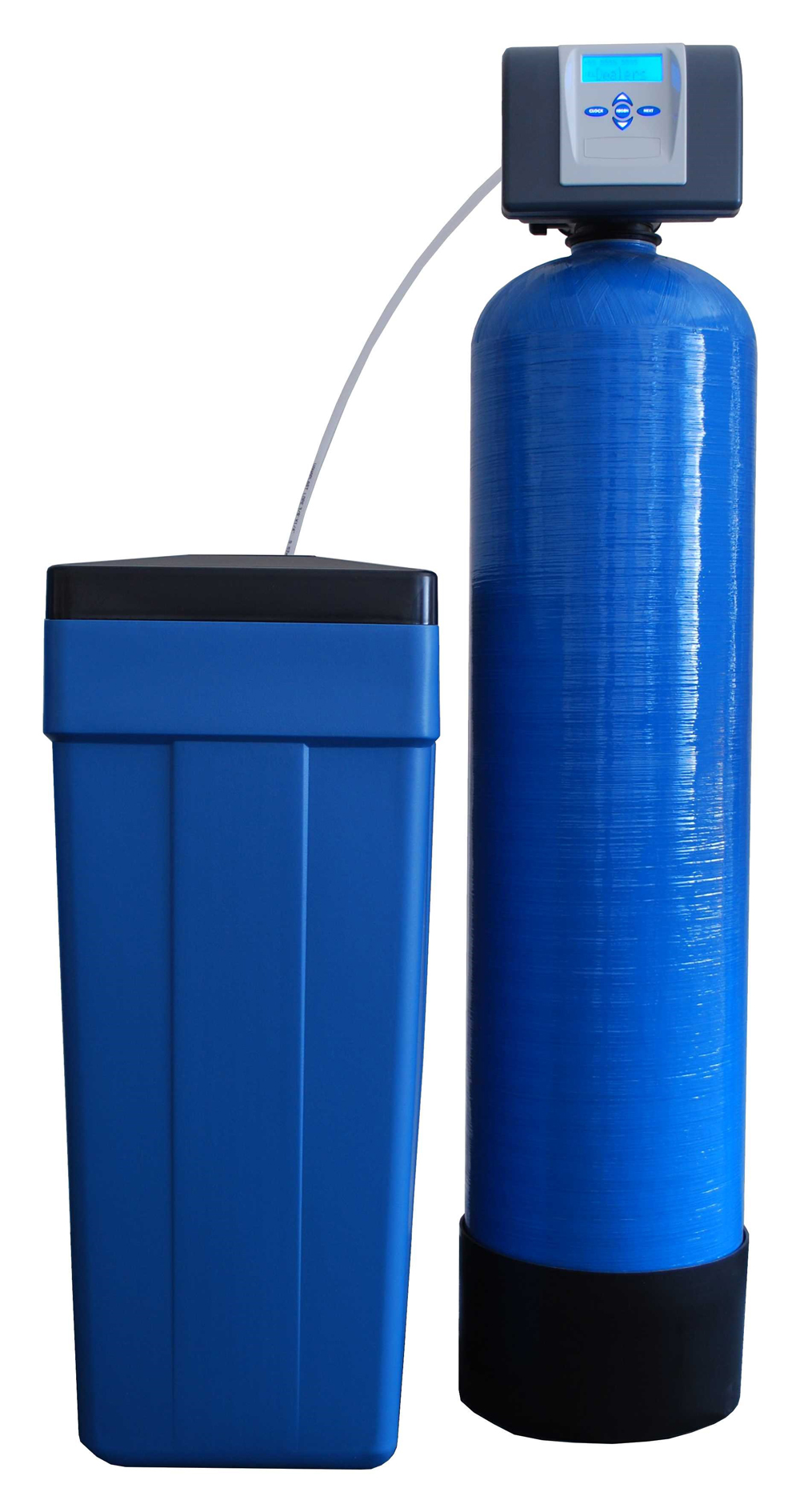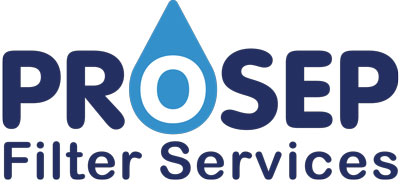
Water Softeners
Water supplies with high mineral content are classified as hard water. The primary minerals that contribute to hardness are calcium and magnesium, which the water absorbs as it flows through limestone rocks on its way to the water table.
Uses
- Drinking water
- Household water
- Boiler feed water
- Industrial and domestic hot water systems
- Pure water pre-treatment (e.g., reverse osmosis for the food industry)
- Electronics industry
- Window and car cleaning services
- Chemical industry
Do I have Hard Water?
While hard water isn’t necessarily harmful to health, it can cause annoying and even damaging effects in your household:
- Furring of taps and shower heads
- Scaling in kettles and boilers which reduces their efficiency
- Reduced lathering of soap and detergents
- Dry and itchy skin
- Unsightly marks on sinks, dishes, and glassware
- Reduced pipe diameters, leading to decreased water flow
How Does a Softener Work?
A typical domestic softener system consists of two main components:
- A tall vessel is filled with unique resin beads that the water passes through.
- A brine tank containing salt tablets is used to regenerate the resin.
The tall vessel features an automatic valve. This valve allows treated water to flow through, holds the flow during regeneration, and draws a brine solution during the backwash/regeneration process.
As water passes through the vessel via the valve, it percolates down through the resin bed. The positively charged ions of calcium and magnesium (hardness) attach to the resin, allowing the water to leave these ions reduced. The valve will flush away the hardness every two weeks (or when a specified volume of water has been used) and regenerate the resin with a brine solution. The brine solution comes from the salt tank and is included with the softener. The control valve automatically adds fresh water and draws out the brine solution.
The process involves exchanging calcium and magnesium ions for sodium ions. Before installing a water softener, you should know the raw sodium content of your water. This information helps you calculate the sodium added after softening, ensuring your water remains soft and safe to drink.
It’s a common misconception that softened water tastes salty due to increased sodium.
When using softened water for drinking, always be mindful of the sodium levels in your raw water supply. The ionic exchange process will increase the sodium content in the treated water. Currently, the maximum limit for sodium in drinking water is 200 milligrams per litre.
Do I Have To Maintain My Water Softener?
Yes. Maintaining your water softener is essential for its efficient operation and longevity. We always recommend a bi-annual/annual service of any softener. A Water Treatment Specialist should conduct this service to ensure your softener works effectively.
Outside of your annual service, we recommend you do the following:
- Regularly Check Salt Levels: Ensure the salt tank is always filled appropriately. Depending on usage, you may need to refill it every month. We recommend always keeping the salt above the water level.
- Clean the Brine Tank: Clean the brine tank periodically to remove any salt bridges or residue that can affect performance. This typically requires a thorough rinse and removal of any buildup.
- Check for Leaks: Periodically inspect all connections and components for leaks. Address any issues promptly to avoid water damage or reduced efficiency.
